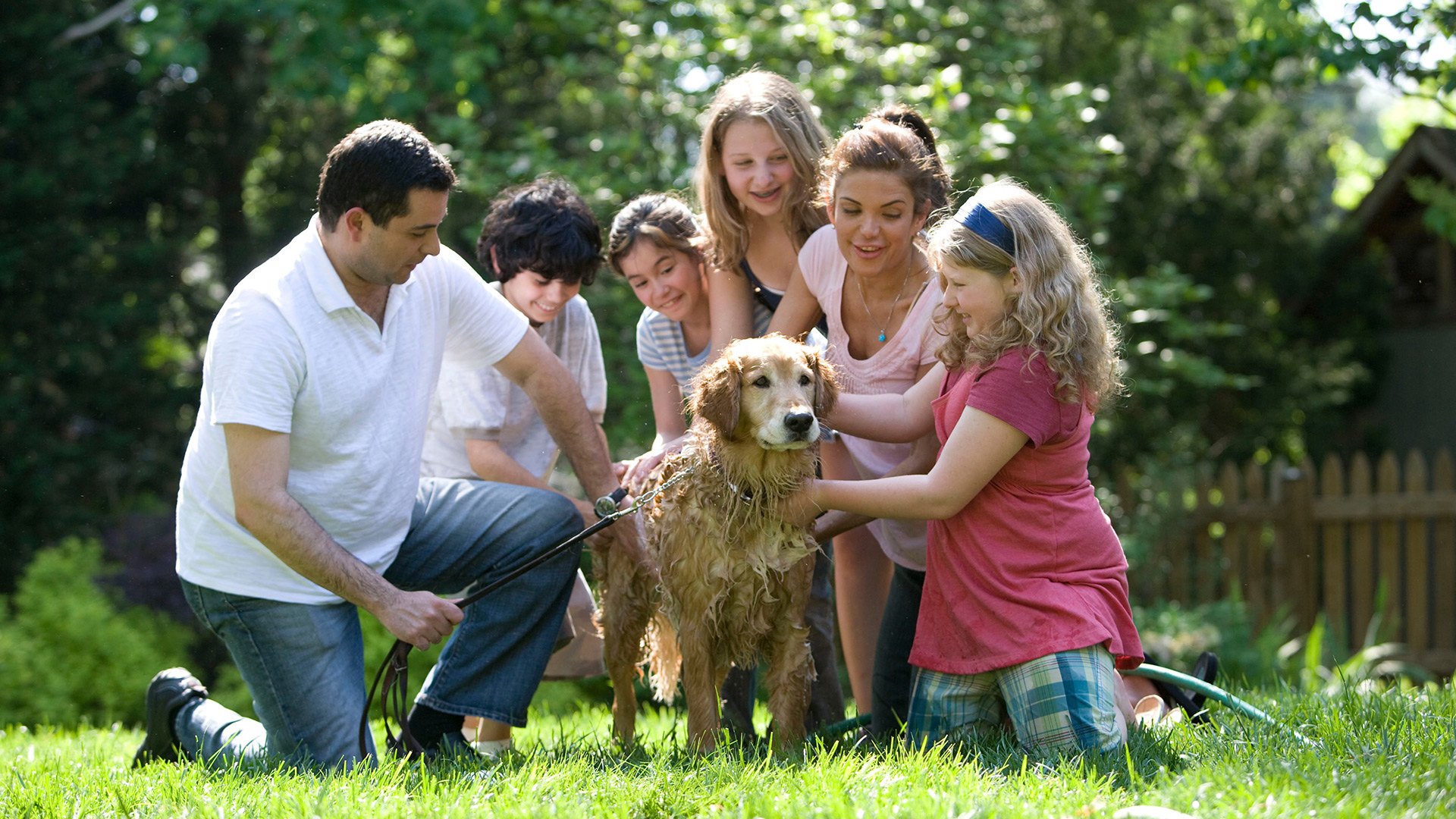
Tips for Keeping Dogs and Children Safe
Dogs bite. It’s a known fact. They are fully equipped with forty-two teeth and are capable of biting if injured or provoked. A dog bite can be damaging and potentially fatal to children and even adults. No one wants to be responsible for their dog injuring another person. Dogs raised in homes without the presence of children may actually be more likely to injure a child. Dogs raised around children learn how to tolerate them. Dogs raised away from children don’t have the proper knowledge on how to act around children appropriately. Fortunately, an owner can take steps to improve a puppy’s tolerance of children before the puppy reaches adulthood.
Children
Children love puppies, but there are a few things to remember when these future best friends meet. Children will probably want to play with the puppy, pick up the puppy, and pet the puppy. There are a few tips you can keep in mind when children and puppies are together.
- Always supervise interactions between puppies and children.
- All puppies, especially those going to homes without children, need to be introduced and socialized with children as early as possible. This process should occur daily from at least eight to sixteen weeks of age.
- Experiences between puppies and children should always be positive. Children should be allowed to gently pet and play with the puppies, offer them treats, and brush them. However, children should not be allowed to carry puppies around, engage in rough play, or allow puppies to mouth or bite them.
- Instead of trying to suppress all biting, owners should teach puppies how to use their mouth safely through bite-inhibition training.
Adults
Rough play between a puppy and a child can be very dangerous and potentially fatal. Owners should also take steps to interact with a puppy the same as a child. Gently handle puppies the same way that a child, groomer, or veterinarian would handle them. Some safe practices include:
- Slowly and gently stroke puppies from head to tail and top to bottom
- Stroking the muzzle on both sides to desensitize the puppy’s nipping reaction
- Giving a quick and gently exam of the puppy’s opened mouth, gums, and teeth
- Giving a gentle exam and a light-tugging massage of the ears and tails
- Gently touching the toes, nails. And pads of each foot for three to five seconds
- Gently brushing the coat with a soft-bristle brush
Injuries
Over forty percent of dog-caused fatalities are suffered by children nine years of age or younger. Nearly one-third of children fatally injured by dog bites are not members of the dog owner’s family. Over two-thirds of bite-related child fatalities occur on the dog owner’s property. Some dogs are unfamiliar with children, which is why bite inhibition training is vital.
Conclusion
Puppies and children can become a dynamic duo. As your child and your puppy grow up together, their bond will strengthen, and they will become lifelong friends. A few simple steps at a young age can help make sure your puppy will be gentle and your child will be safe. Children love puppies, and puppies love children. You can find more information about puppies and children, socialization, and bite inhibition training in our book Puppies 101: A Complete Guide to Life with Your Pup.













